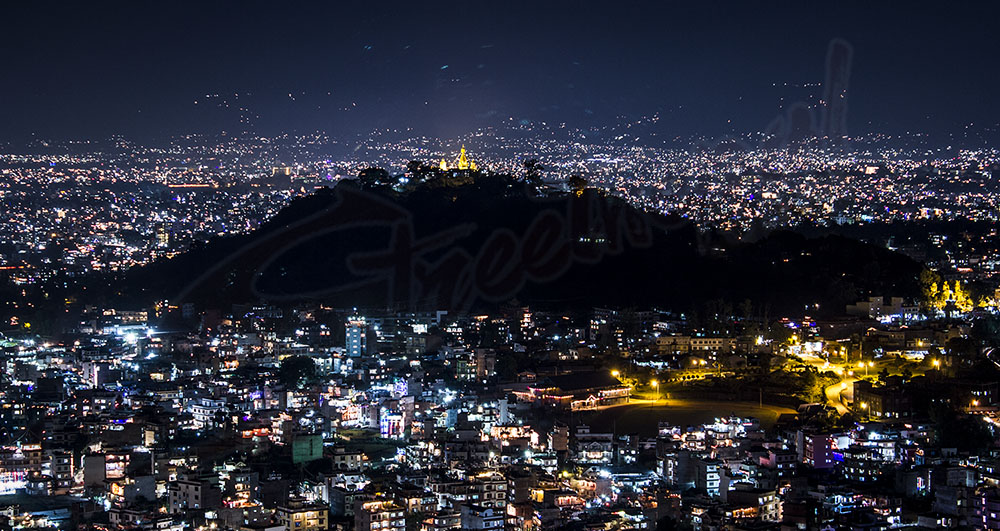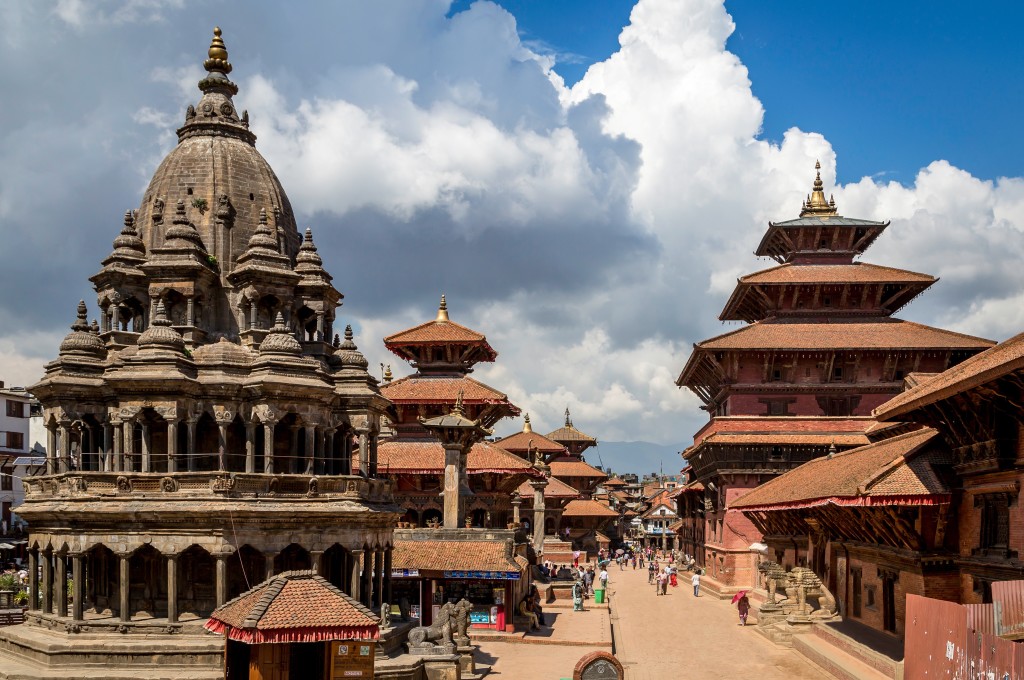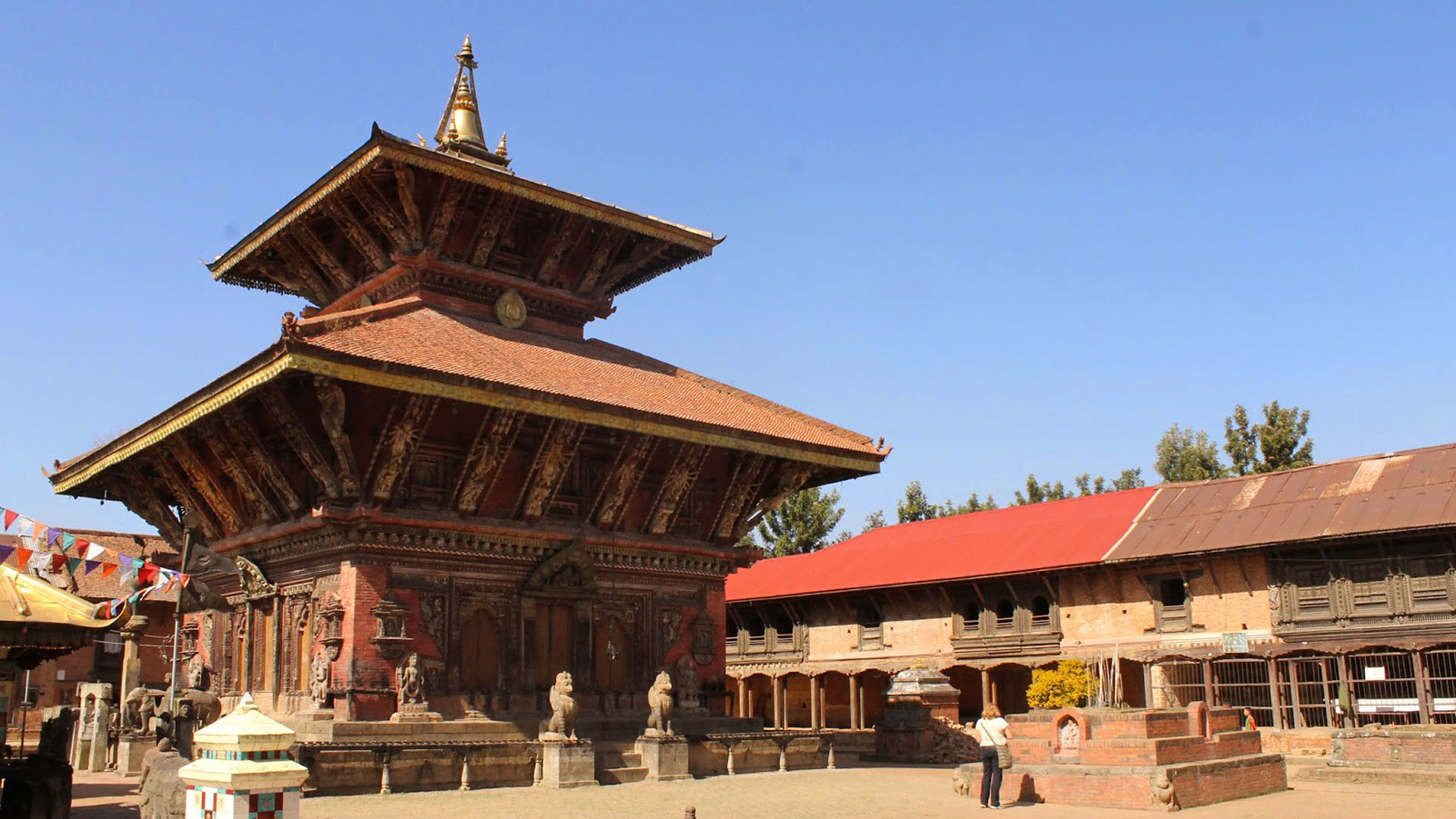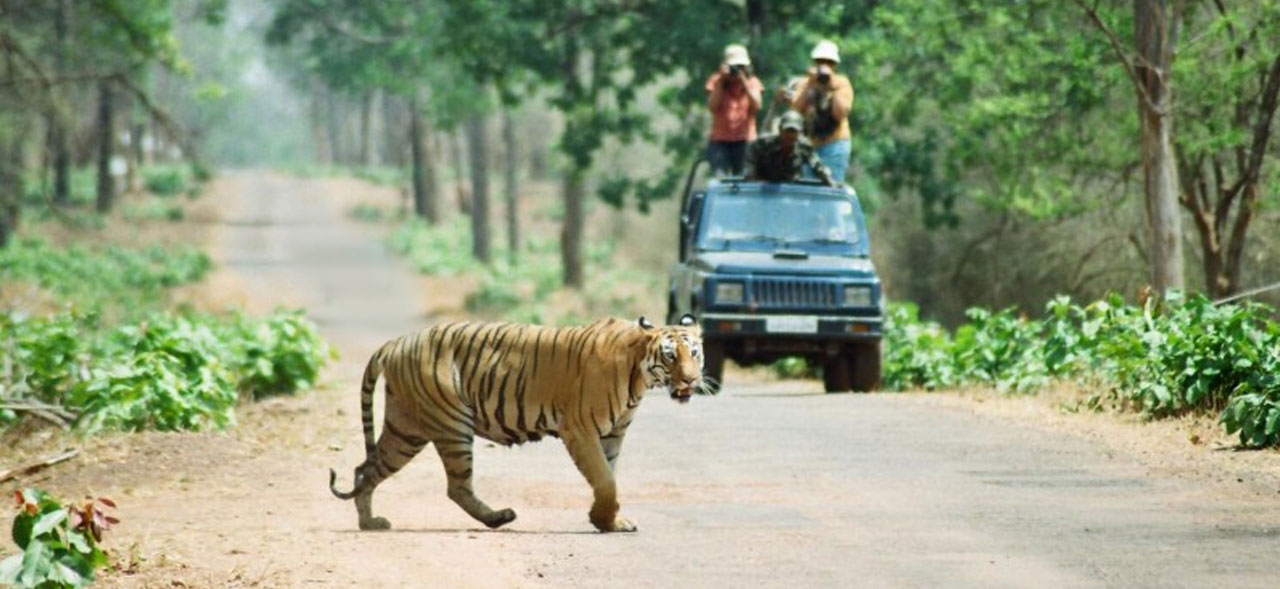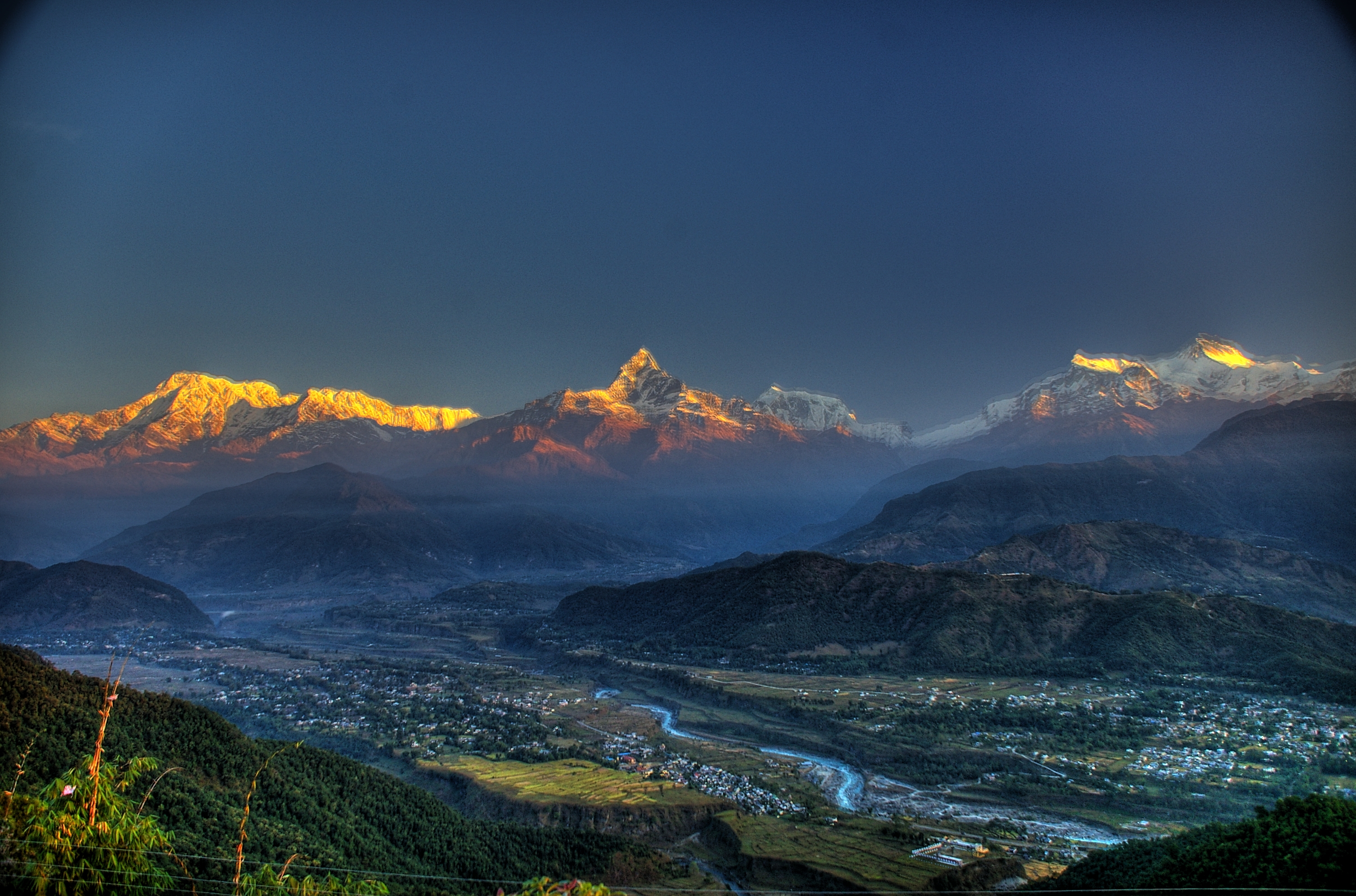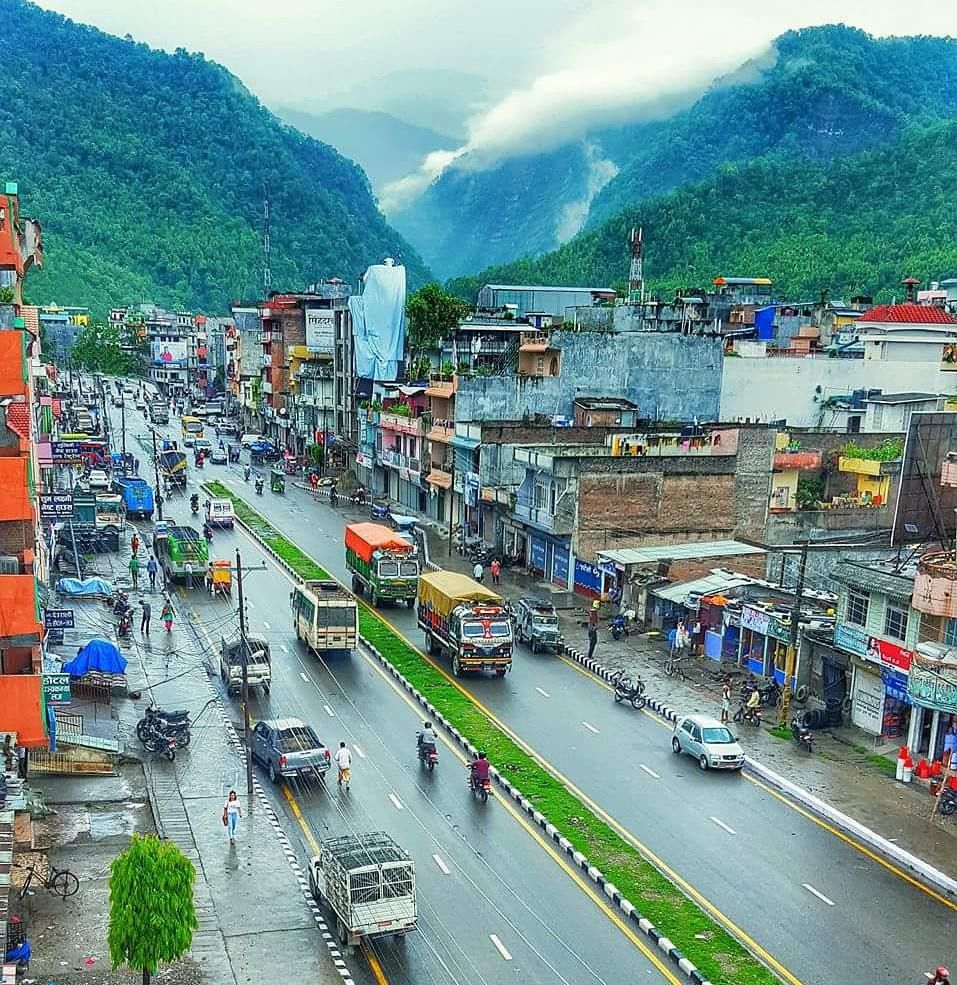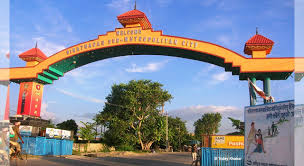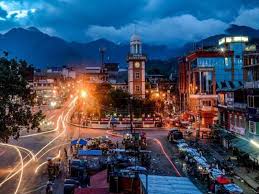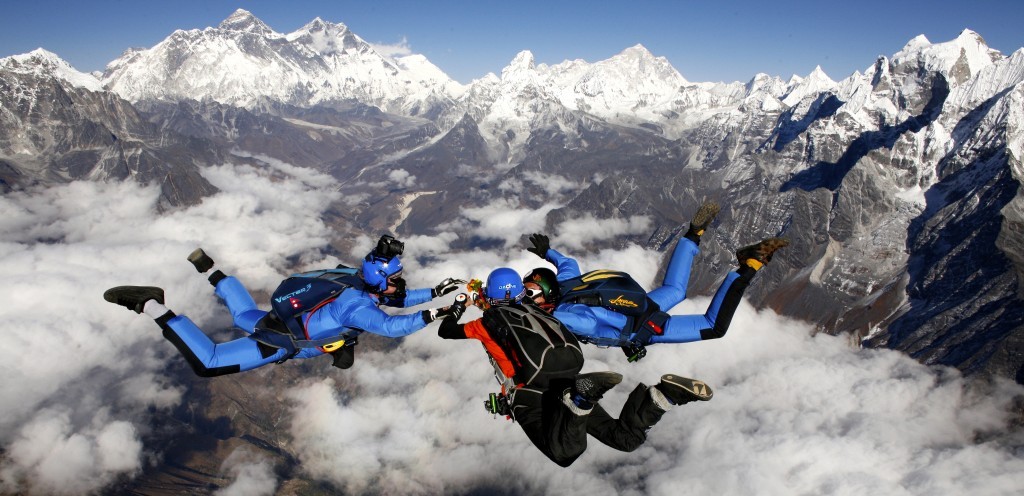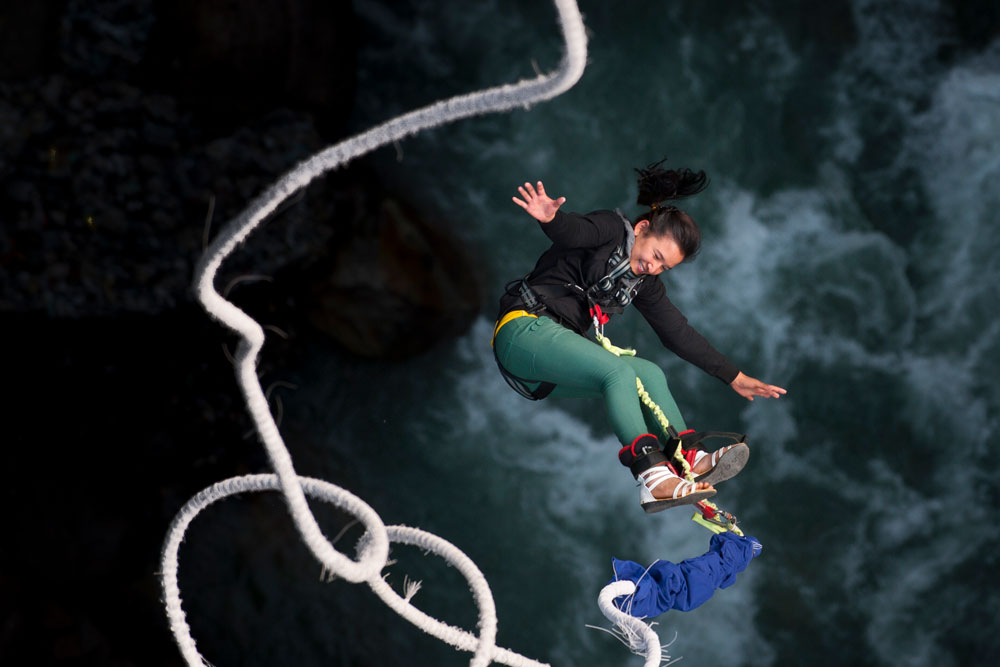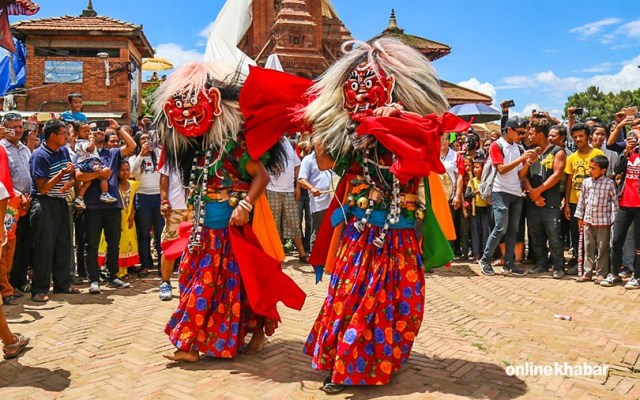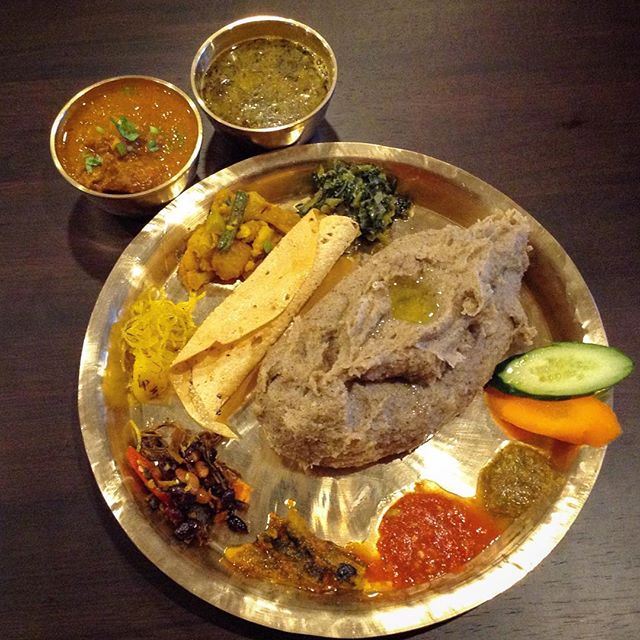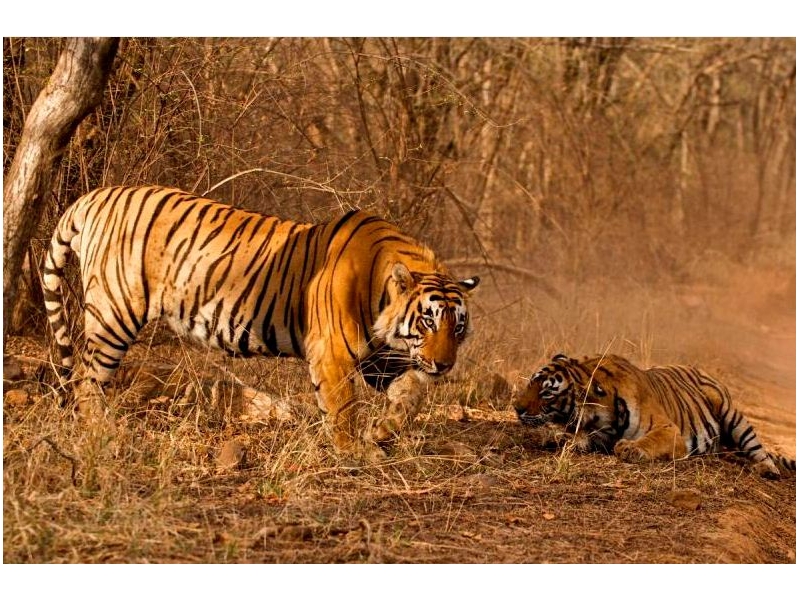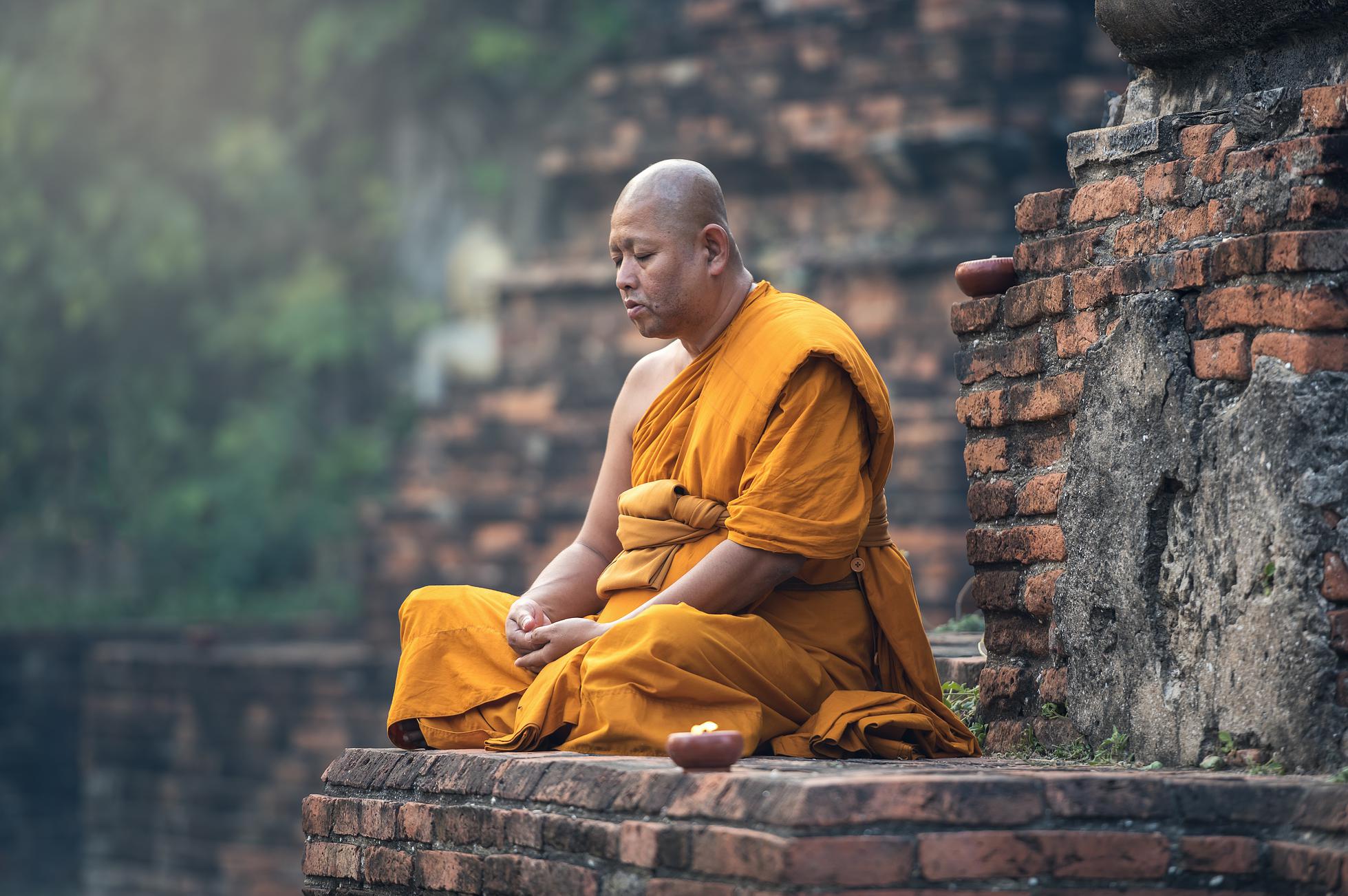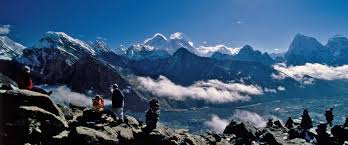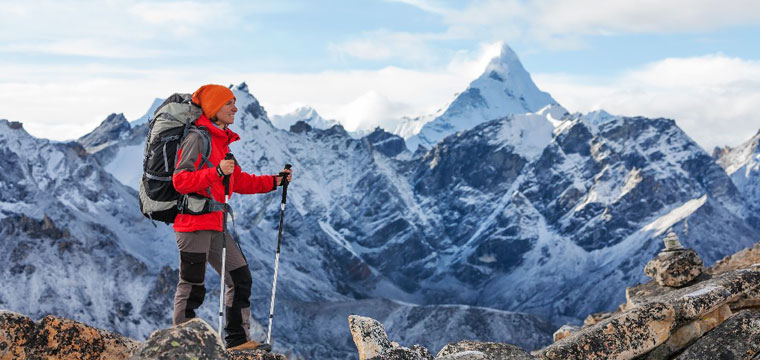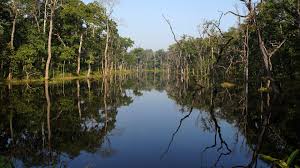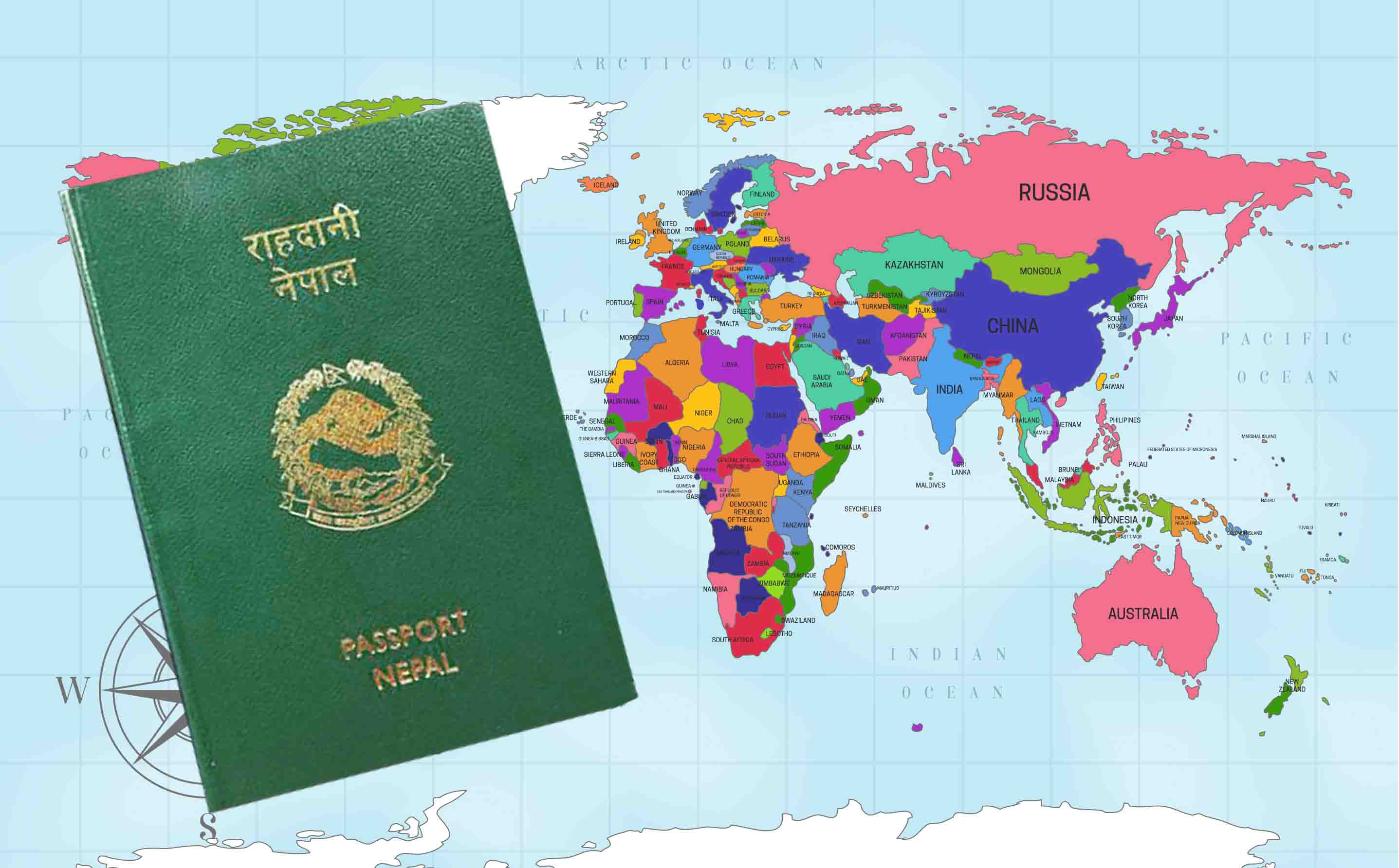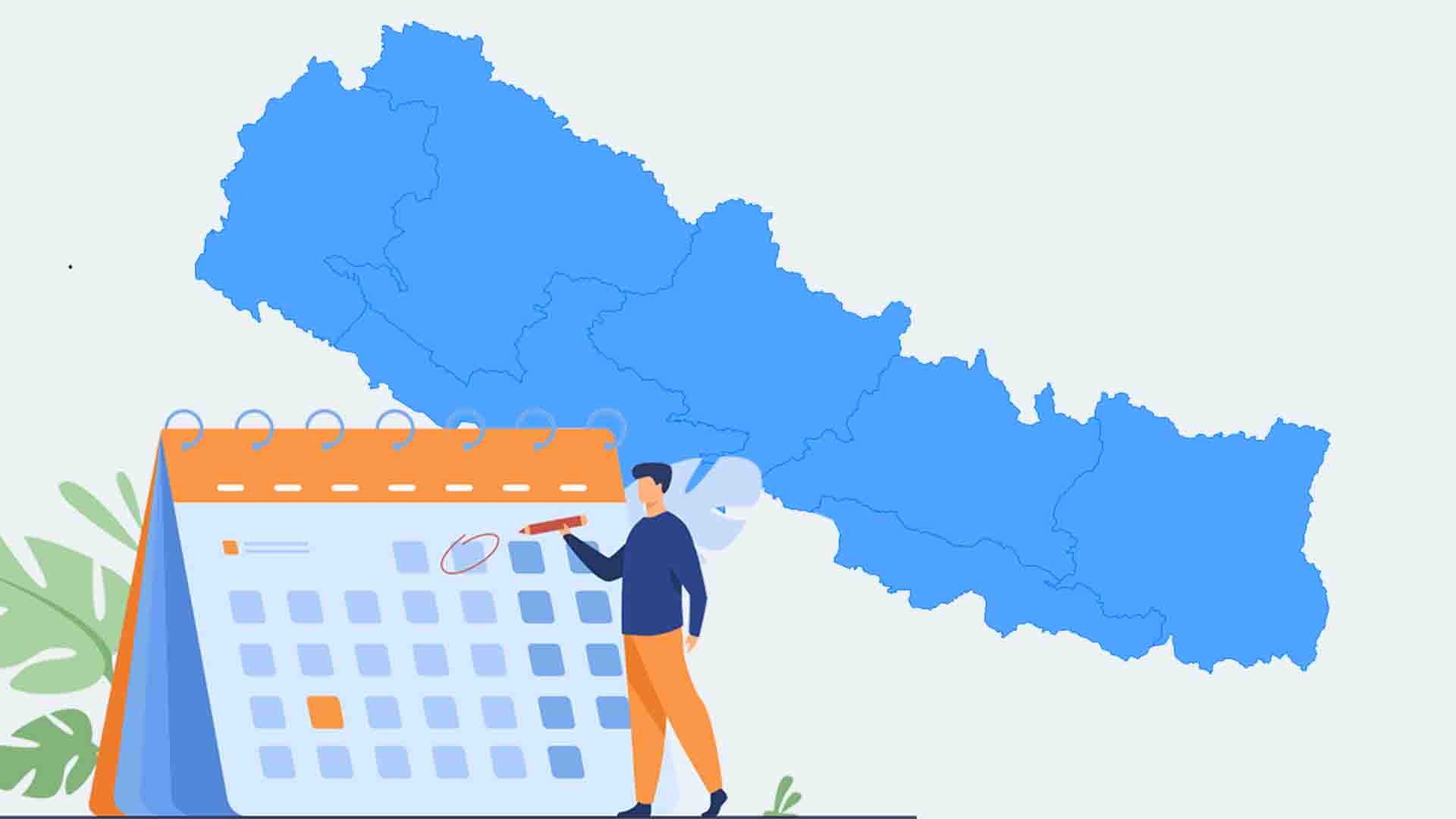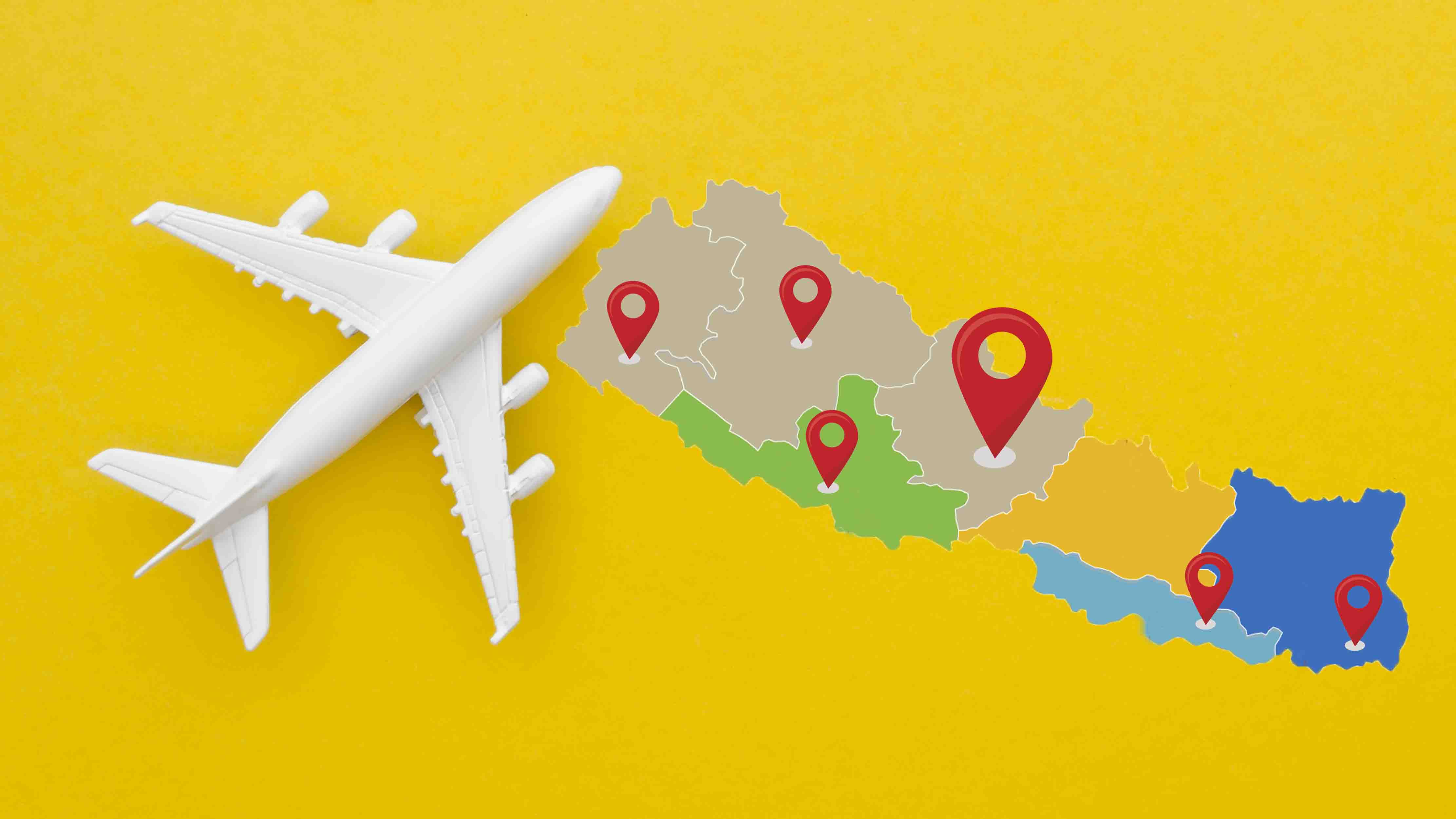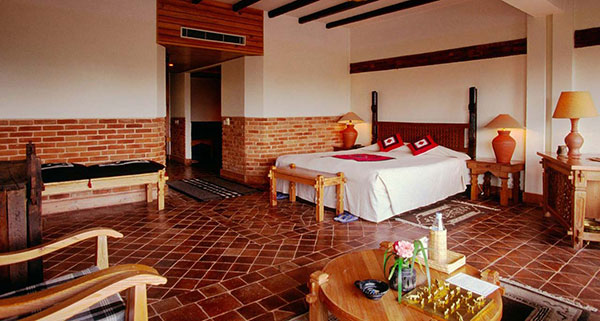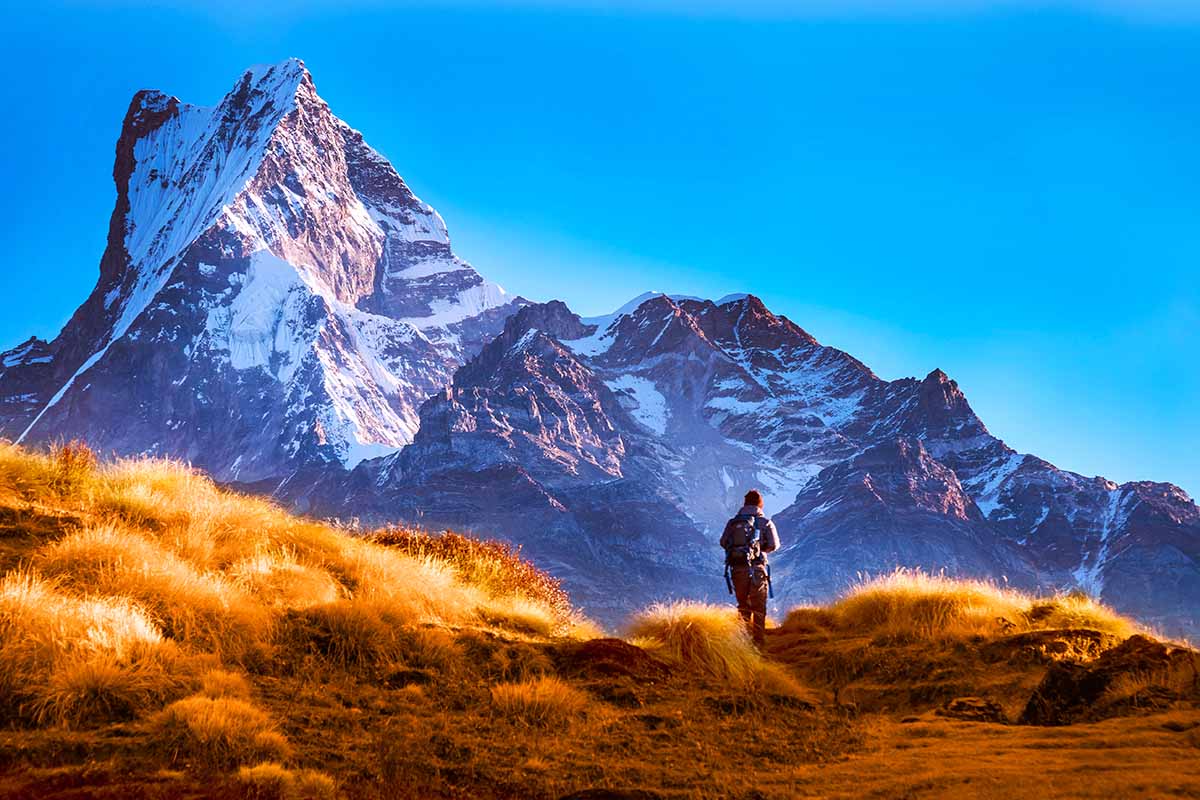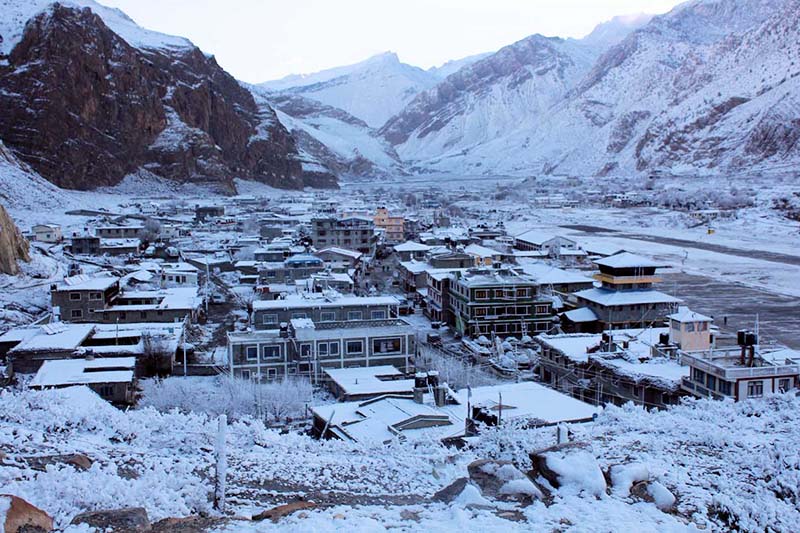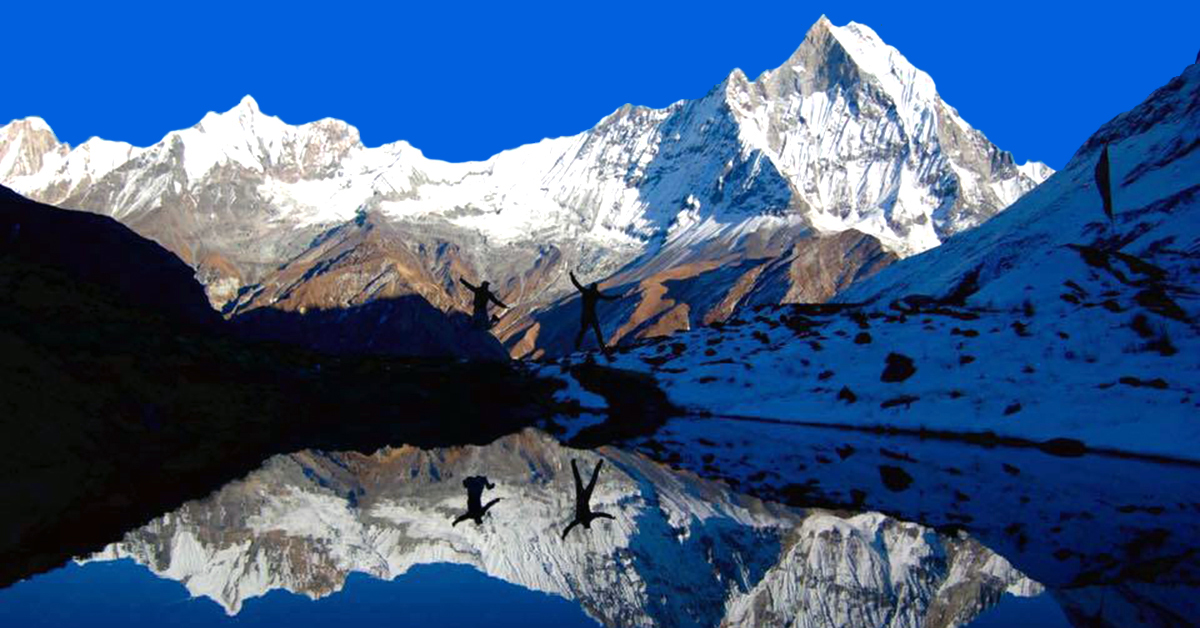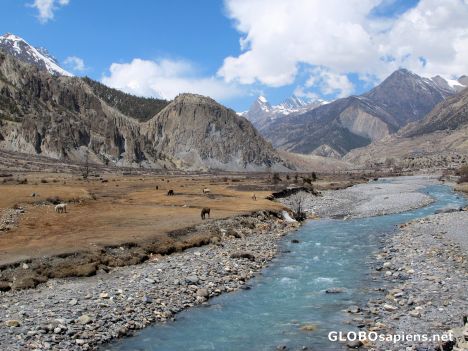Referred to as wanderer’s paradise, Pokhara is just 129 miles away from Kathmandu – Nepal’s capital. It opens the gate to most thrilling trekking sites like Annapurna Circuit. With a consistent mind-blowing view of Machhapuchhre, Pokhara is rich in forests, lakes, unique landscapes, and natural structures. If Kathmandu is King of Nepal, Pokhara must be the Queen!
The beauty of Pokhara is unexplainable. Boating on lakes like Phewa, Rupa, and Begnas provides a calm and peaceful environment. If sunrise excites you, do not miss Sarangkot, which is 30 minutes away from Pokhara and serves awe-inspiring Pokhara’s view! Other popular touristic destinations of Nepal like Ghandruk, Ghalegaun, Palpa, Lumbini, Chitwan, and Bandipur are near from here.
If you are an adventure junkie, add Pokhara to the top of your travel list. With your visit to Pokhara, you can experience most awaited adventures like the world’s highest water touch Bungee Jump, world’s steepest and tallest Zipline – 600 m vertical drop, hot air balloon, rafting, paragliding, ultra-light flight, and so on.
Gupteshwar Mahadev Cave, Mahendra Cave, Bat Cave, and Davis Falls are actual examples of nature’s uniqueness that Pokhara has preserved for a century already. Visiting Gorkha Memorial Museum and International Mountain Museum lets you scrape some immortal histories of Nepal. To get spiritual peace, one should visit Tal Barahi Temple, Shanti Stupa, and Bindhyabasini Temple. Guess what? You can explore all of these places even in a hired Mountain Bike!
The best thing about Pokhara is you can roam around Lakeside all day, stay at a café drinking coffee, or reading a book, visit a pub in the evening, and still, it can be your best day of life! The Lakeside is a junction for explorers, and its market is quite popular. The vibes that one gets by merely visiting Pokhara is priceless.
If you want a peaceful time, and to stay in nature’s lap, or experience some terrific adventures, Pokhara welcomes you with open arms!
Places To Explore In Pokhara
Lakeside Pokhara
Lakeside, the most popular area of Pokhara Valley of Gandaki Province, covers Phewa Lake – the largest lake of Pokhara. Covering the major tourist attractions, Lakeside is the refreshment zone for locals and tourists. It is a gateway to a freshwater lake that reflects the breathtaking views of the sky and Mt. Machhapuchhre – fishtail mountain and Annapurna range.
With outstanding accommodations of a different kind, best services and facilities under reasonable budget, standard teahouses and restaurants, diverse Nepali and international cuisines, shops for all sorts of trekking gears, unique Nepal made clothes, bags, and shoes, Lakeside is the perfect destination for tourists seeking for a peaceful stay.
As Pokhara is a gateway to several trekking, hiking, and homestay destinations, Lakeside is the junction for the tourists, targeting facilities to them. The Lakeside area is full of trades in the day with live music and lights in the night. This area of Pokhara never sleeps, and you can never feel bored here.
You can find a local bus from the bus park and reach Lakeside (known as Hallan Chowk) within 15 minutes. Every tourist destination of Pokhara is nearby Lakeside. Tourists can hire mountain bikes, and other two-wheelers from here and visit places on it. Though the Lakeside area is small, it is a complete package.
Staying on the edge of Phewa Lake, boating, visiting Tal Barahi Temple in the center of the Lake, feeding and watching fishes in the Lake, viewing the sky covered with Paragliders above Sarangkot Hill, and enjoying sunset are local and best things to do at Lakeside.
Hike to Pame Danda – 30 minutes from Lakeside, paragliding on Sarangkot Hill, walking on the streets of Lakeside like a hippie, mountain biking to Davi’s Falls, and Gupteshwar Gufa, etc. are some of the refreshing things you can do while you are in Lakeside.
Phewa Lake
Phewa Lake, the most popular and largest lake of Pokhara, with an area of 4.43 km2, lies in the southern part of the Kaski District of Gandaki Province. Surrounded by the dense ‘Rani Ban’ or Queen Forest, the gem of Pokhara Valley, Phewa Lake is the favorite destination of the locals and tourists in Pokhara, which receives thousands of visitors every day in peak seasons.
It is a must-go-to destination for tourists and pilgrims. A Hindu temple sits on the top of the only island in the lake, which can be accessed by boats available for rent from the shore, which costs around NPR 500 for two way and additional NPR 20 for a life jacket. You can also find sharing boats at a cheaper cost.
Boating through the peaceful lake is an enchanting experience, with a panoramic view of the majestic Annapurna and Dhaulagiri mountain ranges. Though a less popular option, you can try kayaking too in Phewa lake and stay on the edge of the lake, feed and watch the fishes play until evening.
A local bus or taxi will take you to Lakeside, the most popular destination of Pokhara, from Mahendra Pool, the business center of Pokhara. Lakeside might seem a bit grey at day, but it comes to life at night.
Lodging at Lakeside is a better option as you can attend live music hosted by the restaurants and pubs there. You can enjoy the flow of calm breeze while viewing the light reflected in the water's mirror-like surface.
Mahendra Cave
Mahendra cave, one of the thrilling and large limestone caves of Pokhara, at a distance of 10 km from Lakeside, lies at an elevation of 1,100 m and is situated in Kaski District of Gandaki Province. Religiously significant, Mahendra cave has statues of Lord Shiva, making it one of the pilgrimages for Hindus and Buddhists.
Discovered in the late 1950s by some shepherds, Mahendra Cave is completely dark, forms electrical sparks creating a magical view, with water dripping from overhead. Artificial lighting has made it accessible to visitors. With unstable corridors after 100 m of passage, the cave is home to several bats and invertebrates, that add excitement to visitors.
One can find public buses to the cave and is 30 minutes drive from the airport. Tourists also enjoy visiting the cave on a hired mountain bike, which adds adventure to the trip. Named after the famous historical king, Mahendra Bir Bikram Shah Dev, the cave lies below the green hill, and the region around the cave is full of greens, with horses and mules grazing on the field, which act as a park for the visitors. Another famous cave – Bat Cave or Chamero Gufa is ten minutes away from Mahendra Cave on foot.
Chameri Gufa - Bat Cave
Bat Cave, one of the exciting caves of Pokhara, lying at an elevation of 451 m, is known as Chameri Gufa in Nepali. By name, it is clear, the cave is a habitat of thousands of bats that make the cave more thrilling for visitors. Located 10 minutes away from another famous cave – Mahendra Cave, Bat Cave lies 9.7 km away from Lakeside, in Kaski District of Gandaki Province.
Easily accessible through public buses, the cave is 30 minutes drive from the airport. Discovered by young shepherds in the 1950s, Bat Cave is dark, gloomy, with water-dripping ceilings, and horseshoe bats hanging upside down from the ceilings. The complete exploration of the cave requires 10 minutes. The star attraction of Bat Cave is a tiny passage of exit, which is difficult for ordinary people to pass. Those who wiggle their way out of the exit, feel heroic, and take it as an achievement.
The entrance ticket fee costs NPR 150, and with NPR 300, you can receive a guide, who will explain you about the place, its historical values, and make your way out of the cave gently. The narrow passage of the cave is slippery, so it is better to wear shoes and avoid slippers.
The surrounding region of the cave is covered with greens, which act as a park for the visitors with beautiful scenic views.
Sarangkot
One of the best destinations for hikers, Sarangkot is a must-visit hill in Pokhara Valley, at a distance of around 20 km from Lakeside. Lying at an elevation of 1,600 m from sea level, Sarangkot’s star attractions are panoramic views of the pristine Annapurna and Dhaulagiri ranges, and beautiful Phewa Lake.
If you are a sunrise-person, who loves looking at one, then Sarangkot can mesmerize you with the breathtaking sunrise, peeking through mountains, hills, and valleys. You can experience nature in its original forms, with astounding scenic views of Pokhara Valley, and a fantastic sunset.
The hill is most famous for paragliding. If you are an adventure junkie, you cannot miss paragliding from this spot. Taking off from Sarangkot Hill, flying over the beautiful Phewa Lake, is one of the best ways to enjoy Pokhara.
You can pre-book paragliding from Lakeside or online, with tandem flights at an average cost of $90 per 30 minutes, and $140 per 60 minutes. For qualified pilots, solo paragliding at an average price of $70 is also available after permission from the aviation office.
Sarangkot is a refreshing hiking destination for tourists, with greenery and cold breeze of wind. You can also hire a guide for a better exploration of the route.
Devi's Falls
Devi’s Fall, also known as Patale Chhango, is underground and one of Pokhara’s famous landmarks. The fantastic waterfall, Devi’s Fall, creates a 500 feet long underground tunnel after it reaches the bottom Surrounded by different flora species, this Fall is fed by Phewa Lake Dam.
Because of the outstanding natural phenomenal structure, Devi’s Fall stands out differently. The fascinating thing about this Fall is how the Pardi Khola stream vanishes underground, leaving no clues if it existed.
The terrific splashes of water from the Fall will hit your face and surrounding during monsoon, and the natural cave will fascinate you. One of the gifts of nature to Pokhara, Devi’s Falls, is a must-visit places of Pokhara with a cheap entrance ticket fee of NPR 30.
Devi’s Fall is 3.5 km from Lakeside, Pokhara, and tourists usually visit it using rented mountain bikes. You can also take a public bus or private cab to reach there.
World Peace Pagoda
World Peace Pagoda, a Buddhist monument, is a symbol of world peace that stands up on the top of Anadu Hill nearby Pokhara valley, the heart of the Gandaki province of Nepal. Commonly known as Shanti Stupa, as Shanti means Peace in Sanskrit, it is one of the 80 identical monuments scattered all over the world.
Built in Pagoda style, the construction of the structure was started by a monk Nichidatsu Fujii in 1973 and completed in 1999 despite being destroyed once amid construction. With a white-shiny appearance, World Peace Pagoda is famous among Buddhists and Hindus all over the world.
The Pagoda area covers 11,000m2 of land. The main structure stands at the height of 115 feet and has a diameter of 345 feet and can be easily spotted from the valley. Four statues of Gautam Buddha depicting different stages of his life can be seen in the upper tier, each of which was donated by Japan, Sri Lanka, Thailand, and Nepal. Dhamma Hall, located nearby stupa, hosts ceremonies on different occasions, including the birthday of Lord Buddha.
To reach the Peace Pagoda, you can either hike for 30 minutes from Chhorepatan or to make it more exciting, and you can even cycle uphill. You can always book a taxi as well.
If you want to complete Pokhara's visit, you wouldn’t want to miss the mesmerizing view of Pokhara and the Annapurna range from here.
Begnas Lake
Begnas Lake, larger of the twin lakes, Begnas & Rupa, ranking second in terms of sizes of Pokhara lakes, with Phewa Lake ranking first, is located in Pokhara Lekhnath Metropolis, Kaski District of Gandaki Province. Lying 16.5 km away from Lakeside via Prithvi Highway, Begnas covers 3.28 km2 area.
Freshwater lake, Begnas, receives fewer tourists than Phewa Lake, making it peaceful and perfect for tourists who do not like crowds. One of the cleanest lakes of Pokhara, the north of the lake, is a growing population of swamps and villages in recent years.
Some areas of the lake act as caged fisheries, providing freshwater fishes, and famous for fish cuisines. Begnas Lake acts as a destination for locals and tourists to enjoy the freshness of the lake, enjoy food and drinks, go fishing, and enjoy boating with the professionals' guidance.
From the ridge that passes between Begnas and Rupa, you can enjoy spectacular views of the lake and the Himalayas' snowcapped peaks. A happening place for all kinds of tourists, Begnas Lake area, has budget-friendly homestays and hotels where you can enjoy a campfire, excellent hospitality, good food, and enjoy the breeze from the lake.
Rupa Lake
Rupa Lake, one of the twin lakes Begnas & Rupa, also known as the eyes of Pokhara, smaller in size than Begnas, lies in the Rupa Municipality of Kaski District of Gandaki Province. The third biggest lake of Pokhara, located at an altitude of 600 m, Rupa covers the area of 1.35 km2.
Rupa Lake, also known as Rupa Tal, receives fewer tourists as compared to Phewa Lake. It is a perfect lakeside for people who do not like crowds and want to enjoy a peaceful and calm environment.
Some area of the lake is converted into caged fisheries, providing freshwater fish cuisines to the tourists, which also acts as significant economy boosters. One of the cleanest lakes, Rupa lake region, is perfect for sightseeing of the hills and Himalayas in the surrounding, and to enjoy the breeze of wind that comes from the lake.
You can find a public bus that will take you to Rupa from different places of Pokhara, but to avoid turbulence enquire the bus timings. Locals and tourists come to Rupa Tal to eat the mouth-watering freshwater fishes, enjoy the sight of the lake and surroundings, and escape from busy streets.
International Mountain Museum
The International Mountain Museum (IMM), one of the must-visit places of Pokhara lies 3.8 km away from Lakeside. With wheel-chair accessible building, the museum is a multi-story building, and its shape resembles a mountain skyline.
Initiated by Nepal Mountaineering Association (NMA), established on November 1st, 1973, to preserve the history, stories, and documents of mountaineering from around the world, with a focus on the Himalayas, the museum’s foundation was first laid on 1995.
The star attraction of the museum is ‘Hall of the Mountains’, where the human-figures of the indigenous people of the mountains are presented along with their culture, heritage, and lifestyle. This effort is to showcase how the unique lifestyle of these people affect their livelihood. The museum is divided into halls and sections, and each one caters to different aspects of mountaineering.
‘Hall of World Mountains’ is another hall that focuses every peak over 8,000 m, known as eight-thousanders. This hall reflects the unique ecology of the mountains, essential facts, along with historical achievements, and events in mountaineering.
‘Hall of Mountain Activities’ is the third hall that consists of equipment of climbing, changes that are taking place in mountaineering eventually, information on the development of mountaineering, and is updated from time to time.
If you are interested to know about the highest mountains, habitats of the mountains, and their lifestyle, IMM is a perfect museum for you. It shall be an informative tour.
Gupteshwar Mahadev cave
Gupteshwar Mahadev Cave, one of nature’s gifts to Pokhara, lies across the road from Devi’s Fall, which is led by the Fall. After following the spiral staircase, you reach the entrance of the cave.
Having dripping water walls, Gupteshwar Mahadev is named after Lord Shiva. The statue of Lord Shiva is 40 m inside the cave, which was found by two locals who visited the cave for the first time. The importance of this holy statue has made it one of the pilgrimage sites for Hindus.
Another cave connects Gupteshwar Gufa, whose path is formed of underground rocks with exciting sections. Its end is Devi’s Fall’s viewpoint that will add thrills and splashes of water droplets on you and the surrounding. You can visit Gupteshwar Temple and clamber through the low tunnel behind the shrine to emerge to exciting Devi’s Fall with NPR 100 entrance ticket fee.








